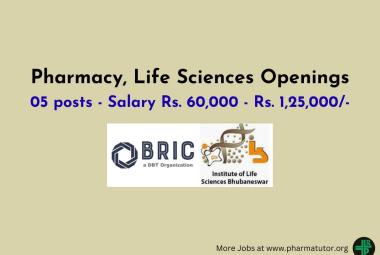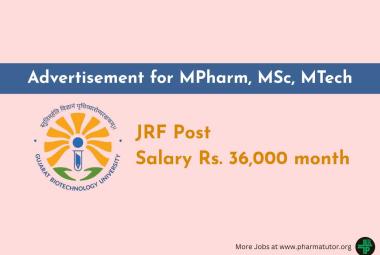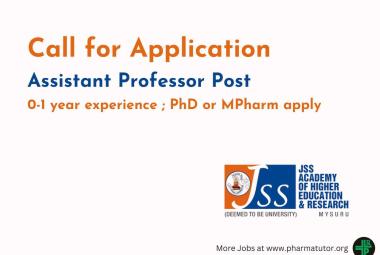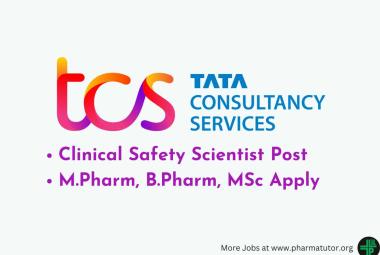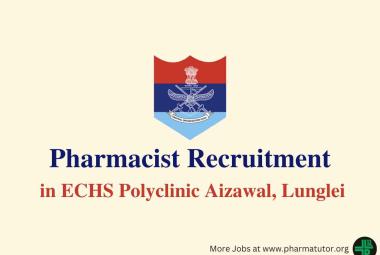Prescribing Pattern for the Treatment of Dengue in a Tertiary Care Hospital, Bangalore- India.
About Authors:
AK Hafeez, MA Akheel, A Ashfaque, NK Meera
Dept of Pharmacy Practice,
VIPS,
Bangalore, India
Abstract
Aim: To study the prescribing pattern for the treatment of Dengue in tertiary care hospital in Bangalore.
Methods: A retrospective study was carried on prescribing pattern of drugs for the treatment of dengue in a tertiary care teaching hospital in Bangalore. This study included hundred patients both male and female in the age group of 1 – 70 years, the prescriptions were analysed for the drug therapy given.
Results:The results show that the most commonly prescribed class of drugs were antipyretic (99%), anti-ulcer (95%), antibiotics (69%) and anti emetic (40%). In addition, supplementary treatment was also observed. 100% of suffered population was treated with IV fluids. Since a specific treatment is not available for Dengue, the patients were treated symptomatically.
Conclusion:This survey highlights the demands for a more specific treatment, lest it leads to another epidemic break in the country.



 About Authors:
About Authors: About Author:
About Author: About Author:
About Author: About Authors:
About Authors: About Authors:
About Authors: